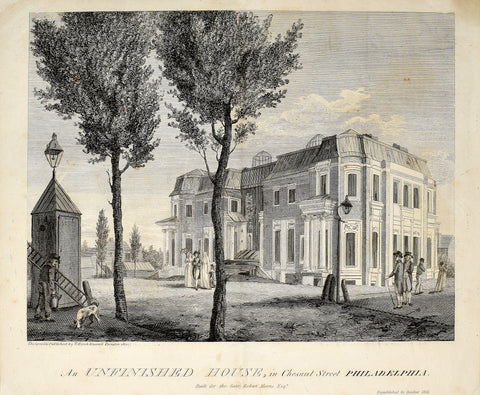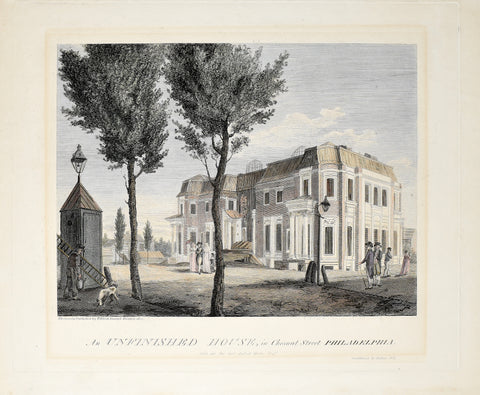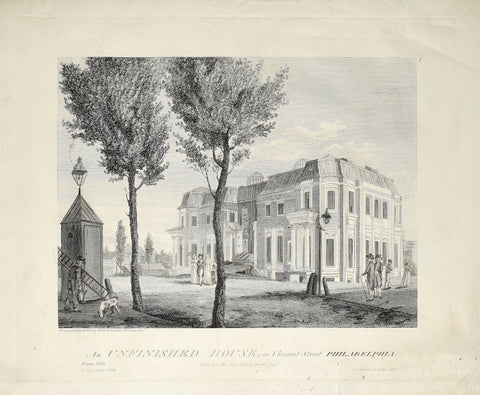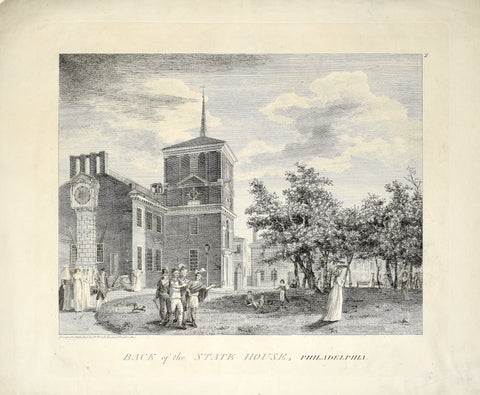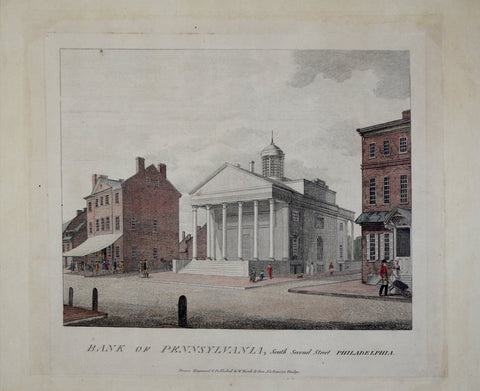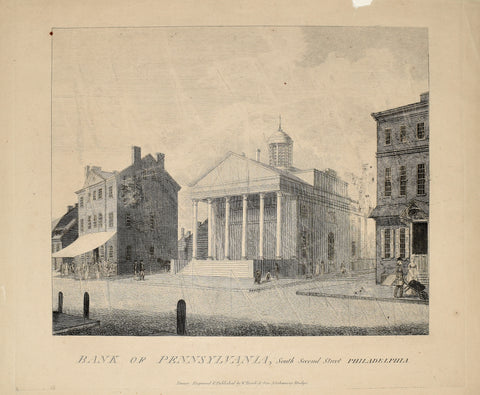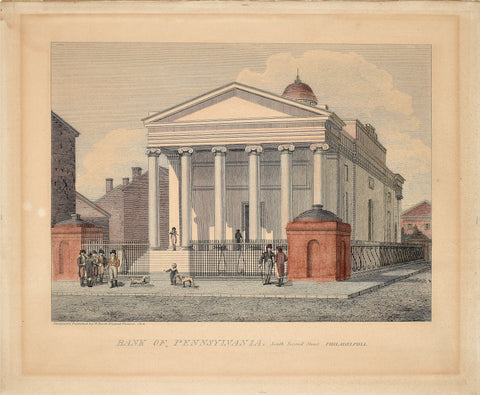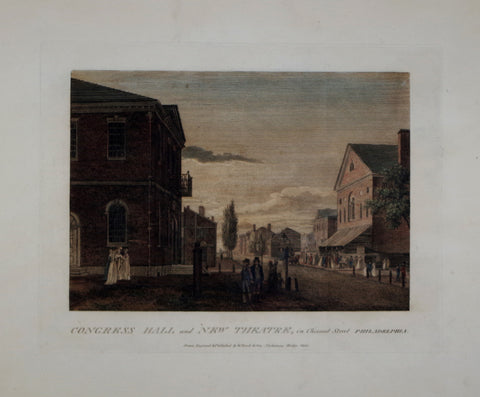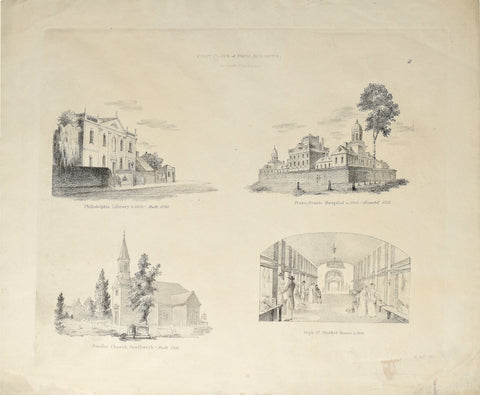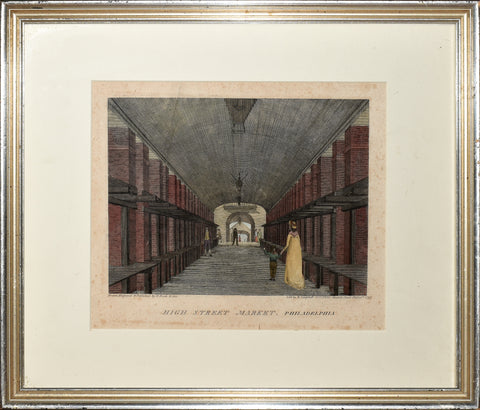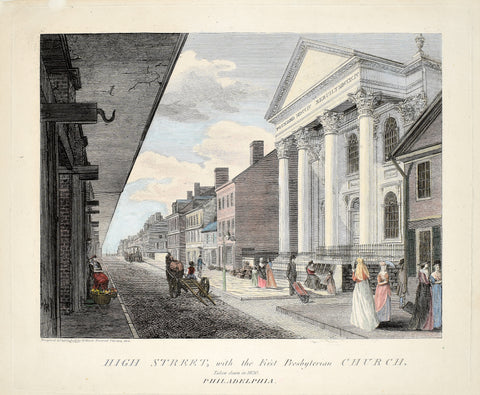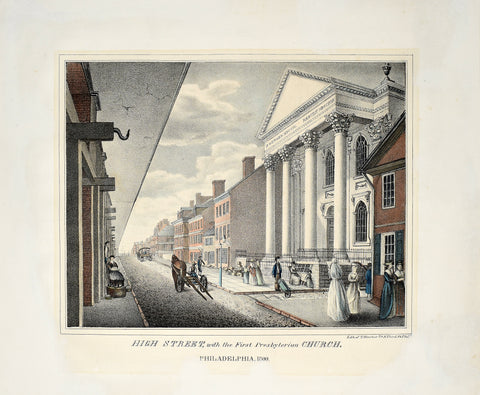Search By Artist
William Birch (1755-1834)
The City of Philadelphia, in the State of Pennsylvania North America; as it appeared in the Year 1800. Consisting of Twenty Eight Copper-Plates.
Published by W. Birch, Springland Cot, near Neshaminy Bridge on the Bristol Road, Pennsylvania. Dec.r 31st, 1800
Engravings with original hand-coloring
Birch had made a very successful career for himself as an enamellist and engraver in England, having learnt the latter from the celebrated Thomas Jefferys, before "uneasiness over the French Revolution, as well as the deaths of important friends and patrons, including Reynolds, left him bored and uncertain. Judge Samuel Chase of Maryland, whose stepmother was Birch's sister, encouraged him to relocate to America. When Birch moved to Philadelphia in 1794, he was thirty-nine and accompanied by his wife and four children. His fourteen-year-old son, Thomas Birch, would become a well-known American landscape and marine painter. A letter from Benjamin West to the influential William Bingham, served as an introduction into an affluent and sophisticated segment of Philadelphia society, where he soon found patrons... Birch is best known for his unique early record of an American city, 'The City of Philadelphia in the State of Pennsylvania as It Appeared in 1800'. The series manifests both a high degree of technical skill and a number of original and dynamic compositions. Intended to be colored by hand, the publication was prepared between 1797 and 1798 with some assistance from Birch's son, Thomas, and his student, Samuel Seymour. Philadelphia was then America's largest city and its artistic, political, and cultural center.
The views provided in 'The City of Philadelphia 'handsomely transcribed its impressive architecture while documenting a variety of occupations, industries, and amusements and providing a glimpse of the social differences between artisans, laborers, and the elite. Birch's nationalistic aim, according to his autobiography, was to "show early improvements of the country and convey [them] to Europe, to promote and encourage settlers to the establishment of trade and commerce." Among the many influential subscribers to the first edition was Thomas Jefferson, whose copy remained prominently displayed in his office throughout his presidency" (Carol Eaton Soltis for ANB).




